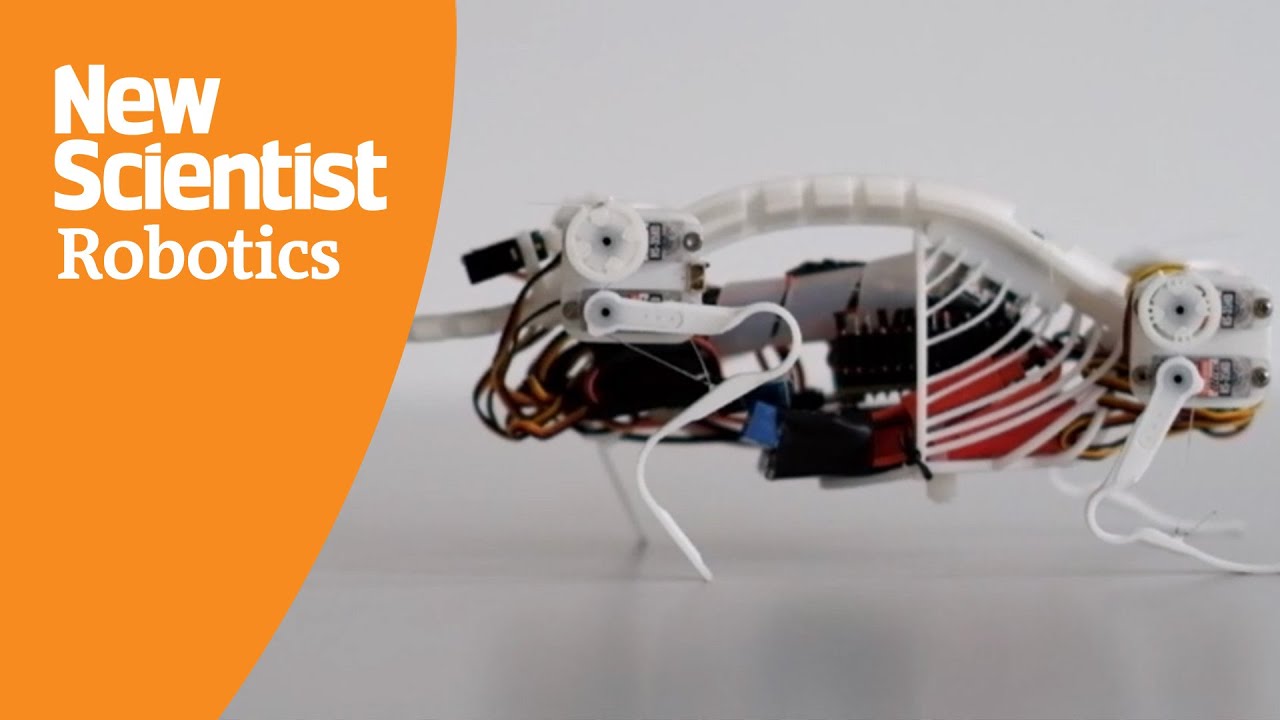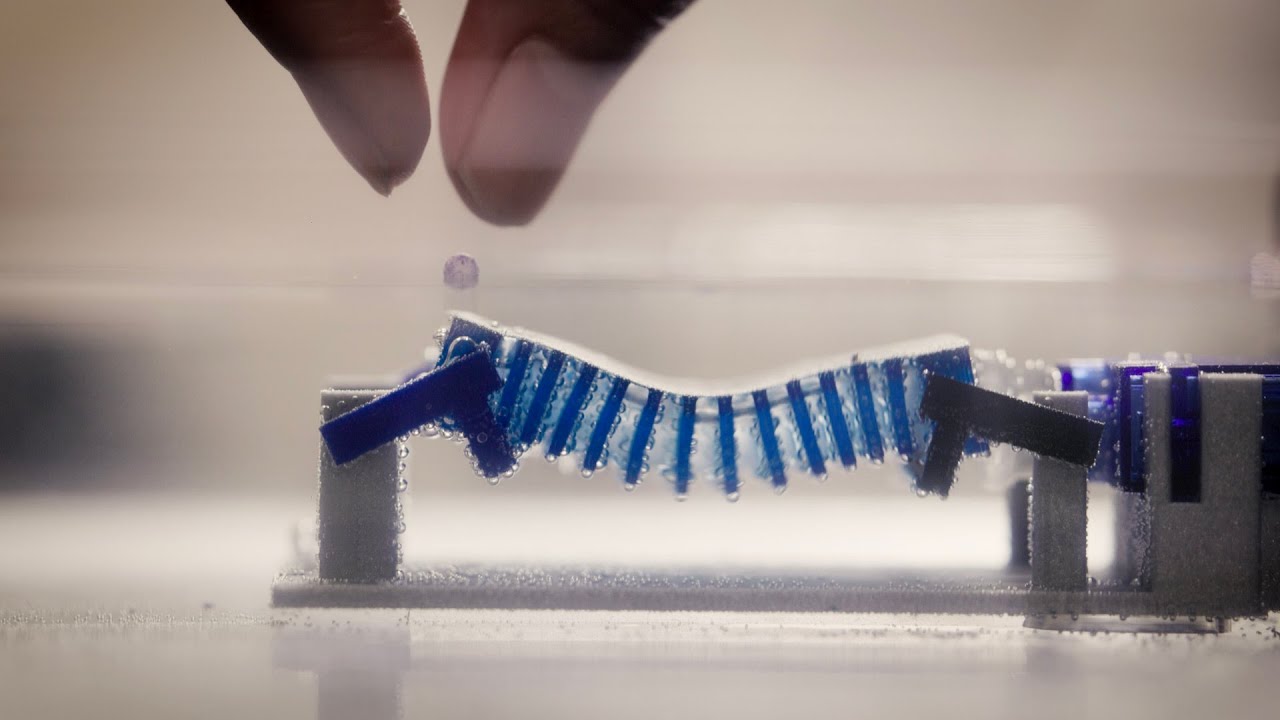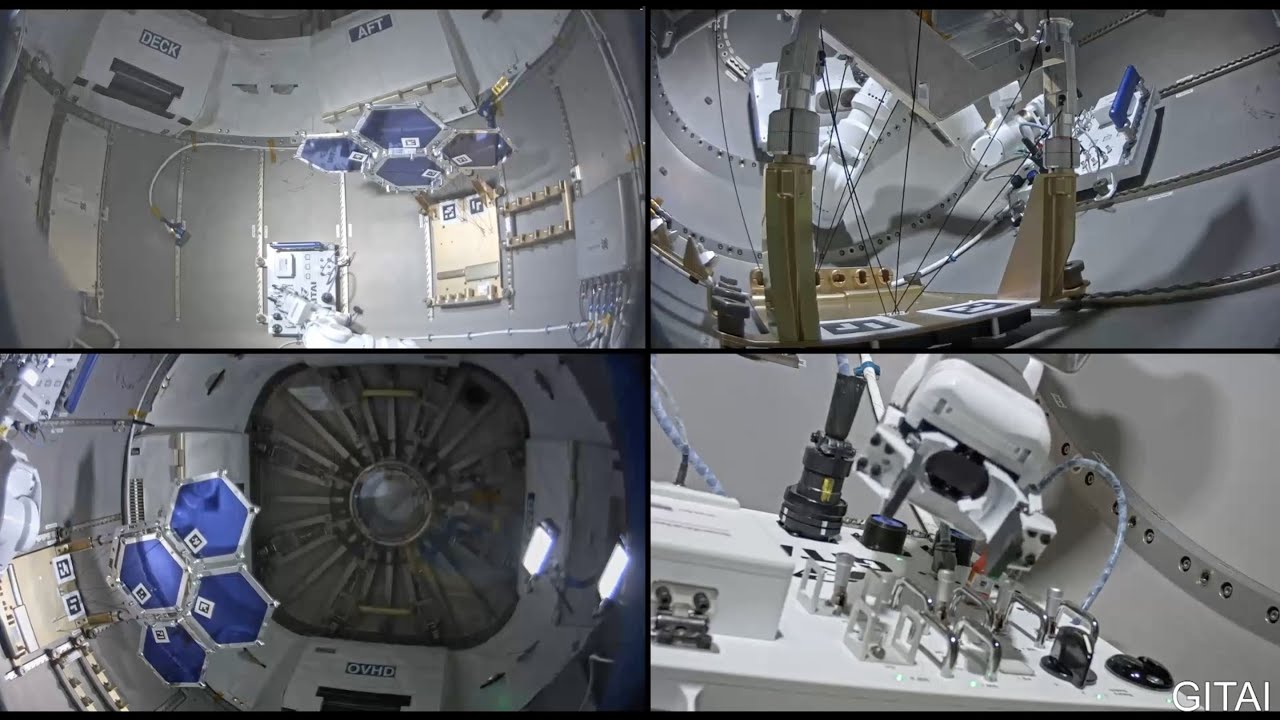
The Robotics Roundup is a weekly newspost going over some of the most exciting developments in robotics over the past week.
In today’s edition we have:
- ANYmal’s Wheel-Hand-Leg-Arms Open Doors Playfully
- These astonishing biobots can help neurons regrow — but researchers have no idea how
- Robotic mouse with flexible spine moves with greater speed and agility
- Dobb·E: An open-source, general framework for learning household robotic manipulation
- DARPA-funded ‘Inchworm’ robots could help us build moon bases. Here’s how
ANYmal’s Wheel-Hand-Leg-Arms Open Doors Playfully
The Swiss-Mile customized version of the ANYmal quadruped robot is continuously improving its capabilities, now even performing complex actions like opening doors and moving packages using its wheel-hand-leg-arms. Researchers from the Robotic Systems Lab at ETH Zurich leveraged a form of reinforcement learning known as ‘curiosity driven’ learning to carry out these tasks. The robot is given high-level goals, and through its ‘curiosity’, it explores its environment and discovers solutions to achieve the objectives. This method results in diverse, reliable behaviors, even allowing the robot to recover independently when it makes mistakes. Researchers are now planning to integrate a sense of contact-based surprise to encourage more gentle exploration. Swiss-Mile aims to practically apply the capabilities of ANYmal, suggesting a potential for real-world deployment.
Robotic mouse with flexible spine moves with greater speed and agility
Researchers at the Technical University of Munich have developed a 3D-printed robot with an articulated, flexible spine, which allows for superior speed, agility, and balance compared to its rigid counterparts. The flexible spine, comprising of eight servo-controlled joints, enables the robot to adjust its center of gravity and maintain its footing in balance tests. It can walk up to 17% faster and turn corners 30% more swiftly when the spine is allowed to curve. However, the increased complexity and cost of the flexible model might restrict its application to certain tasks where extra agility is required, such as search and rescue missions. One potential application could be to replace or supplement real mice in scientific experiments, with one research institution already showing interest in a robotic version for their studies.
Snail-inspired robot could scoop ocean microplastics
Scientists have created a snail-inspired robot prototype that could potentially collect microplastics from water bodies. The design is based on the Hawaiian apple snail, which uses the undulating motion of its foot to drive water surface flow and collect floating food particles. Existing plastic collection devices lack the finesse to collect microplastics, which pose a significant environmental and health issue. The researchers, led by Professor “Sunny” Jung, achieved the snail’s motion by using a 3D printer to create a flexible, carpet-like sheet with a helical structure that rotates to cause undulation. The open fluid-pumping system, akin to the snail’s method, is highly efficient, requiring only 5 volts of electricity. However, the prototype needs to be scaled up for practical use and might require a flotation device due to the weight of the battery and motor.
Dobb·E: An open-source, general framework for learning household robotic manipulation
Dobb·E is an open-source robotic imitation learning framework designed to learn new domestic tasks swiftly, typically within five minutes. It encompasses four main elements: a hardware tool named ‘The Stick’ for collecting robotic demonstrations in homes; a dataset ‘Homes of New York (HoNY)’ consisting of 1.5 million RGB-D frames collected across 22 homes and 216 environments in New York City; a lightweight foundational vision model ‘Home Pretrained Representations (HPR)’, trained on the HoNY dataset; and a platform to combine all these components. By using only five minutes of training data and a 15-minute fine-tuning period, Dobb·E can accomplish a variety of simple household tasks within new homes.
DARPA-funded ‘Inchworm’ robots could help us build moon bases.
GITAI, a Japan-based startup, has had its innovative modular robot selected for DARPA’s 10-Year Lunar Architecture (LunA-10) study aimed at developing advanced technological infrastructure for space and lunar activities. GITAI specializes in designing robots to perform complex tasks safely and affordably in space, such as their “Inchworm” model which is designed for microgravity and lunar surface environments. The company, which had earlier tested its “S1” robot aboard the International Space Station (ISS) has now been officially included in the DARPA study. A second robot, the “S2”, will be dispatched to the ISS in early 2024. GITAI’s selection for the study could provide up to $1 million in funding, and they are expected to deliver progress updates at an LSIC meeting in April 2024.



